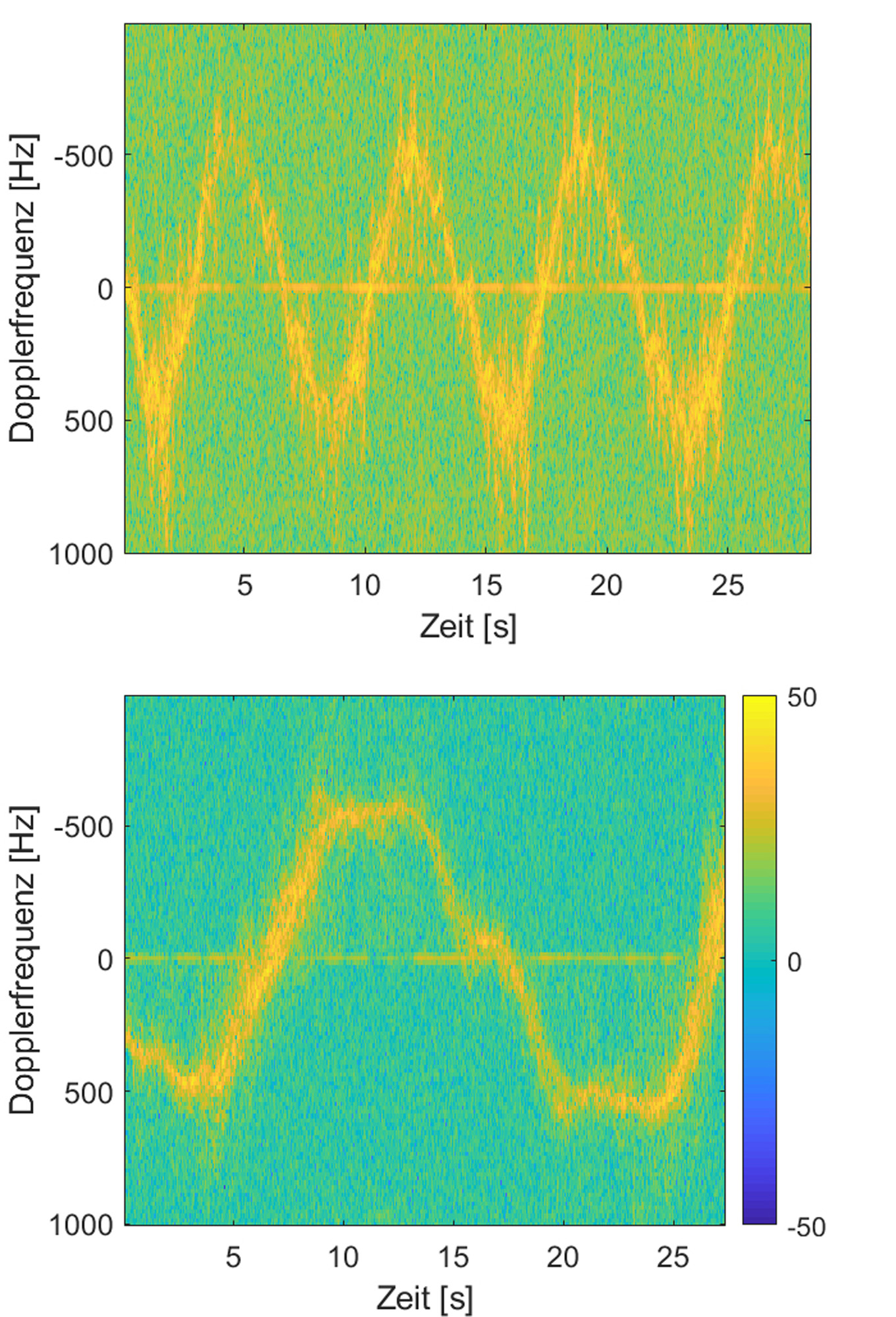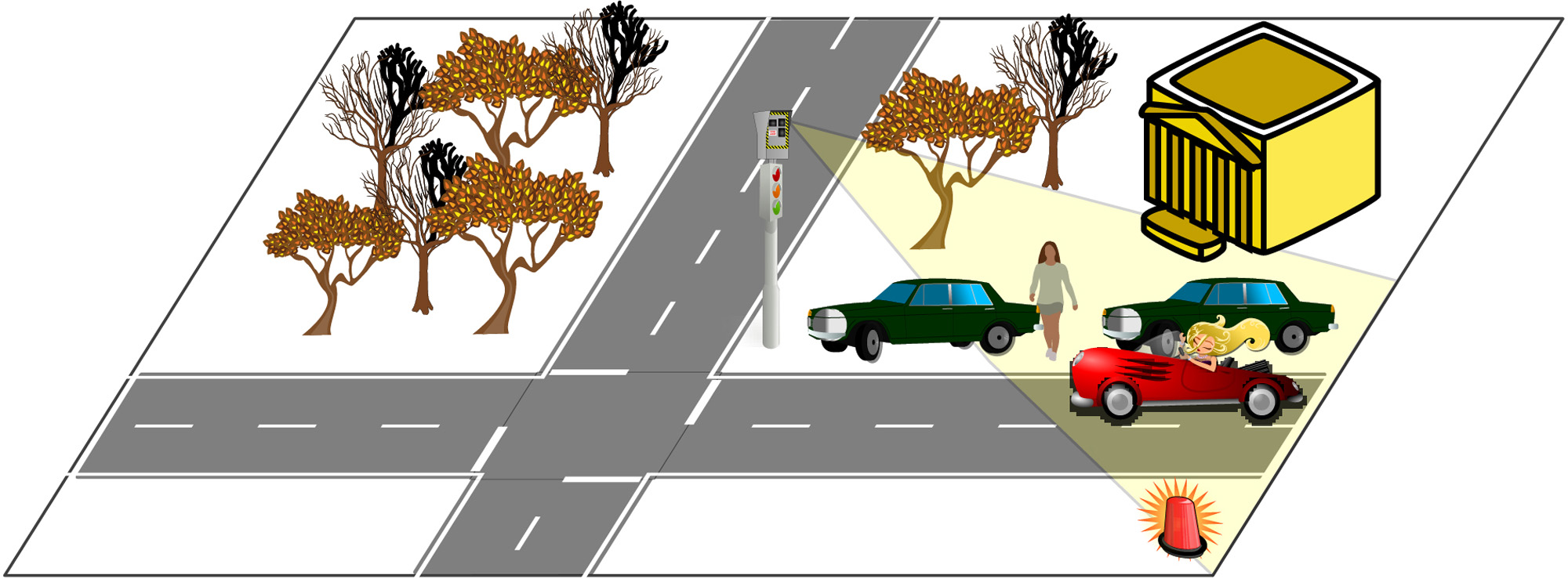Cyclists and pedestrians – optimally protected
Making dangerous intersections safer and providing the best possible protection for pedestrians and cyclists: This is the goal pursued by four Fraunhofer institutes in the »Konsens« project. To achieve this, they merged the data from permanently installed radar and infrared sensors.


Yet another dicey situation at the intersection where accidents occur repeatedly: A pedestrian walks between parked cars and wants to cross the street – the view on the traffic comes too late. In the future, sensors in traffic light poles, or comparable installations, could provide better safety at dangerous intersections. If, for example, a person walks between parked cars towards the road, the sensors will detect the pedestrian and send warnings to the vehicles in the vicinity. Such infrastructure sensors could also provide useful support for autonomous driving in the long term. Intelligent intersections are also conceivable: For example, if the road is clear and a pedestrian approaches the intersection, the pedestrian lights could switch directly to green.
Researchers from Fraunhofer FHR and the Fraunhofer Institutes IAIS, IVI and IIS worked on the corresponding sensors in the »Konsens« project, which ran as a successor project to »HORIS« from January to July 2021. The main attraction here is the combination of infrared and radar. While infrared sensors are very good at detecting how far to the right or left a pedestrian or cyclist is moving in the image, they have difficulties measuring distance. However, this is where radar sensors show their strength: They can measure distance precisely, but have greater uncertainties when it comes to determining right-left. Both together give a perfect combination for the problem at hand. Neural networks perform the classification – distinguishing whether an object is a pedestrian or a cyclist – independently for the data from the infrared and radar sensors. In the case of the radar data, this is done via the movements of the persons: In the case of a pedestrian, the periodic pendulum motion of arms and legs can be seen; in the case of the cyclist, on the other hand, the echos of the rotating spokes as well as the pedaling motion can be detected. Both the results from the infrared data and those from the radar data are given with a certain confidence, e.g. »With a probability of 98 percent, it is a pedestrian.« The result that provides the higher level of confidence is used by the system.
In the long term, the number of objects that are classified can be expanded to include typical road users – for example, electric scooters could be considered in addition to pedestrians and cyclists.